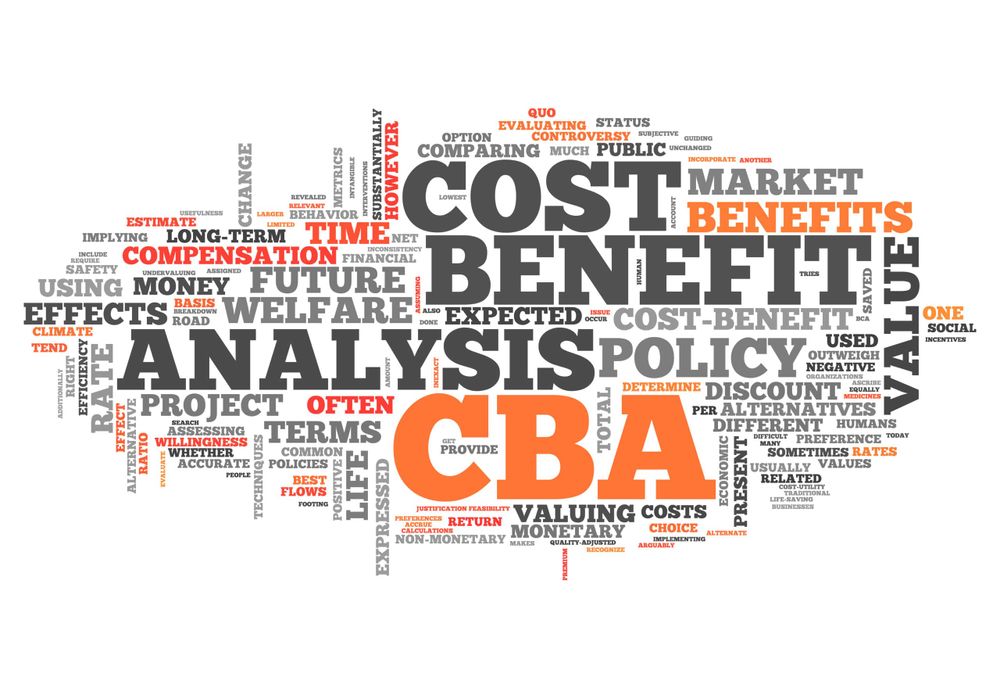
Cost Benefit Analysis
Cost-benefit analysis
Cost Benefit Analysis (CBA) is a method of appraising large scale investment projects, often involving public spending, such as rail links, motorways, and airports. The process involves estimating all the perceived private and external costs and benefits of alternative spending options, such as alternative sites for a new airport, and then selecting the option with the highest net benefit.
The process is subject to a system called discounting, which involves taking into account the rate of interest which could have been earned had the funds used for investment been deposited in an interest-bearing account. The rate must be deducted from the estimated gains from a project, because the funds could have sat in a bank and earned a reward without incurring a risk. Therefore, the rate of interest on investment funds represents an opportunity cost of capital spending.
Public-Private Initiatives
Increasingly, the private sector has been encouraged to form a partnership with the public sector to fund, construct, and manage large investment projects. One such partnership is the Private Finance Initiative (PFI), which was introduced in the UK in 1995.
The PFI has been controversial because critics argue that the involvement of the private sector in projects associated with healthcare and transport might result in a reduction in safety in pursuit of reduced costs and increased profits.
Evaluation of CBA
It is clearly more efficient for public spending to be subject to rigorous analysis, rather than based on the whims of politicians. However, there are a number of criticisms of CBA, including:
- It is often very costly to undertake, though the analysis process usually forms a very small proportion of total project spending.
- Assessing the monetary value of external costs and benefits is often very difficult. What precisely is the value of the congestion that would be reduced if a new bi-pass were built around a busy town? How much extra tourist revenue will actually be gained from a new airport? How long will the building be used as a venue, as in the case of the Millennium Dome/O2 Arena and the Olympic Stadium in London.One solution to this problem is shadow pricing, where analysts attempt to place a value on the costs and benefits of a decision or a project where an actual market price does not exist.
- Changing circumstances can make initial projections appear grossly inaccurate. The Wembley Stadium project went considerably over-budget, and the 2012 London Games are likely to be far more costly than originally estimated -in fact, the initial budget for the London Olympics was £9.3 bn, but costs has risen to £11 bn at the time of the Games. Higher interest and inflation rates, and falling exchange rates can all dramatically affect costs.
- Actual costs can also rise above planned costs as a result of moral hazard, where project managers go over budget because they expect that those who fund the project will make extra funds available, providing an insurance against their over-spending.
- Ultimately, decisions to go ahead with projects are only guided by CBA, leaving politicians to make the final decision. Politicians are free, of course, to ignore the results of an appraisal.

